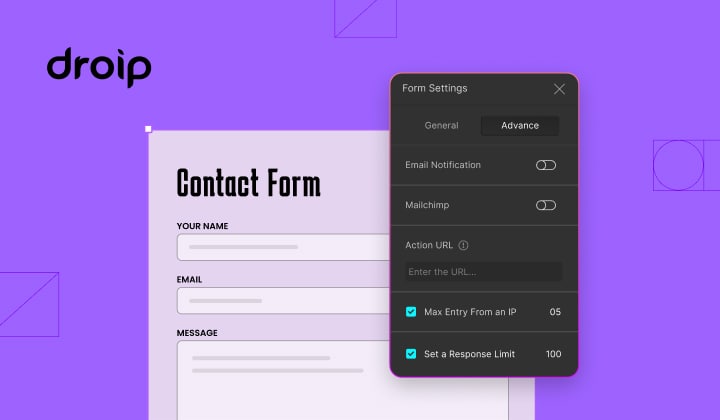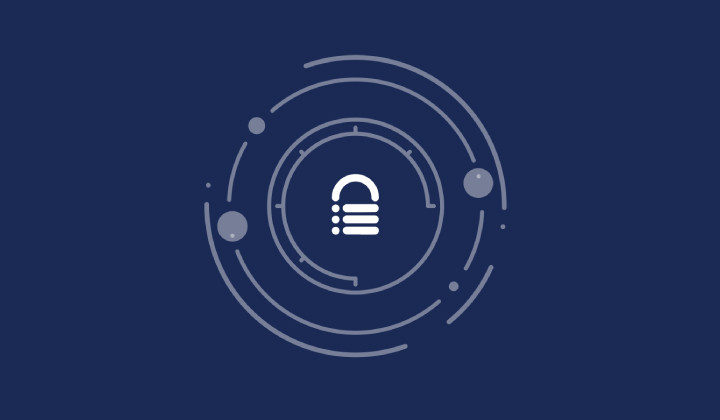What does BlogVault sync?
Bulletproof Backups for Your WordPress Website
Fortify your business continuity with foolproof WordPress backups. No data loss, no downtime — just secure, seamless operation.

BlogVault backs up your website by syncing data to its servers. To make the most of BlogVault backups, the website data including all its files and database of the website must be synced completely. The content, pages, text, users information, configuration forms the Database while the images, plugins, themes and WordPress Core forms the Files section of your site. This data begins to sync when BlogVault is installed and connected to your WordPress site.
We handle synced data under the terms of our Privacy Policy.
First – How does BlogVault sync Data?
When BlogVault syncs your website to its servers, it essentially copies the website entirely.
This is just like a student who photocopies his teacher’s notes for a class. It is not, however, like the notes created by the student based on the teacher’s notes. That is to say, BlogVault will not analyze or synthesize the information from your website. It will only create another copy of the data.
BlogVault copies website data smartly and incrementally.
To continue the above-mentioned analogy, let us consider the following scenario. On Day 1, 10 pages of notes are photocopied. On Day 2, there are 12 pages of notes. However, the student will have to photocopy only 2 more pages.
Similarly, BlogVault syncs data in chunks of data. On Day 1, BlogVault automatically backs up your entire site. On Day 2, it will backup only the new data created since then. This is done to reduce server load, and to optimize processing time.
If any changes were made on the site, BlogVault checks them and then syncs that file or table too.
What all data does BlogVault sync?
In a nutshell: Content, Settings, and Configuration
Data is synced for the following reasons:
We send you email notifications from time to time about BlogVault processes. To display accurate information for your better understanding, BlogVault syncs the following information:
-
Site name
-
Site tagline
-
Site locale
-
Permalink structure
For the smooth creation and management of backups across off-site storage locations the following information is synced:
-
Posts, including WordPress user ID of the author.
-
Pages, including WordPress user ID of the author.
-
Custom post types.
-
Signature uploaded on the website
-
PDFs or other collateral content uploaded
-
Any related metadata, including:
-
Whether or not the post is public
-
Whether or not the post is excluded from the search
-
The permalink of the post
-
The excerpt of the post, if available
-
External ID (specific to the site in question) of the post author
-
The featured image of the post, if available
-
Please note that BlogVault does not process data while syncing. We are concerned mainly with syncing the complete database. Since all these settings, posts, etc. are present in database tables, we sync them as well. This data is then parsed on our servers to show you facts and figures about your website in our dashboard.
User-Related
BlogVault syncs different kinds of user information:
-
UserID, Usernames, Email addresses, Passwords, User roles, User Capabilities of registered users.
-
UserID of users who try or make changes in the website, as well as the content related change.
-
Connection data including Email addresses and usernames from connected services
-
Login attempts (both successful and unsuccessful) made by IP address and user of individual trying to log in.
Essentially, we sync anything WordPress stores locally. We do not do any extra tracking. When you edit a post, WordPress automatically creates post revisions and logs of users who edited them. Since we sync the complete database we get this information too. If WordPress did not store this information in first place, BlogVault would not sync it.
That is to say, we just backup the site in its entirety. We then might parse that data to show reports.
Themes and Plugins
BlogVault syncs different kinds of plugin and theme information:
-
Plugin or Theme name
-
Plugin or Theme versions and capabilities (including featured image, menu locations, and pending updates)
-
Plugin Installation path
Anything else?
We also sync the following data to further enable and improve the functionality of BlogVault:
-
Comments and metadata on them like the following:
-
Comment author name
-
Comment author email address
-
Comment author URL
-
Comment author IP address
-
Comment author WordPress user ID, if known
-
Comment author external (specific to the site in question) user ID, if known
-
-
Taxonomies (including categories and tags)
-
Custom taxonomies (if used on the site)
-
All core WordPress options
WooCommerce Services
BlogVault can be customized to enable WooCommerce websites, especially with Real-Time Backups. These include your inventory, product catalogs, products details, payments for different products, transactions, orders, records for money, etc.
Everything locally stored in WordPress is synced, even passwords. In the case of smart platforms like WordPress, you need not worry about data security since Multiple Layers of Encryption is enforced for Enhanced Security. Even BlogVault backup is heavily encrypted in an asymmetric or one-way encryption. Critical information like passwords will not be available in plain text.
How Does BlogVault Use this Data?
-
Recovery
-
Migration
-
Stage from any web host
-
Upload and Download Backup Versions
-
Advanced Queries on website
-
User Management
-
Plugin Management
-
Theme Management
-
Remote Plugin and Theme installation and management via WordPress Repository.
-
Enables Plugin and Theme updates.
-
Enables Plugin and Theme activation
-
Enables Plugin and Theme deactivation
Syncing exactly the same data onto the BlogVault server enables a number of features, from backups to site hardening. For auto restore or selective migration, the replicated data is copied back to the live site.
Have any more Questions?
If you still have questions or require clarification on the information presented in this document, please feel free to contact us at any time.
Tags:
Share it:
You may also like

How to Limit Form Submissions with Droip in WordPress
Forms are an indispensable part of any website because of their versatility, letting you collect information for various purposes! However, people with ill intentions often attempt to exploit these forms…

How To Manage Multiple WordPress sites
Management tools help agencies become well-oiled machines. Each task is completed with the least amount of effort and highest rate of accuracy. For people managing multiple WordPress sites, the daily…

PHP 8.3 Support Added to Staging Feature
We’ve introduced PHP version 8.3 to our staging sites. Test out new features, code changes, and updates on the latest PHP version without affecting your live website. Update PHP confidently…
How do you update and backup your website?
Creating Backup and Updating website can be time consuming and error-prone. BlogVault will save you hours everyday while providing you complete peace of mind.

Updating Everything Manually?
But it’s too time consuming, complicated and stops you from achieving your full potential. You don’t want to put your business at risk with inefficient management.

Backup Your WordPress Site
Install the plugin on your website, let it sync and you’re done. Get automated, scheduled backups for your critical site data, and make sure your website never experiences downtime again.




